INTERVIEW: New features for World of Warcraft: Dragonflight
We sat down with Crash Reed and Brian Holinka to discuss the upcoming changes in the next expansion for World of Warcraft: Dragonflight.
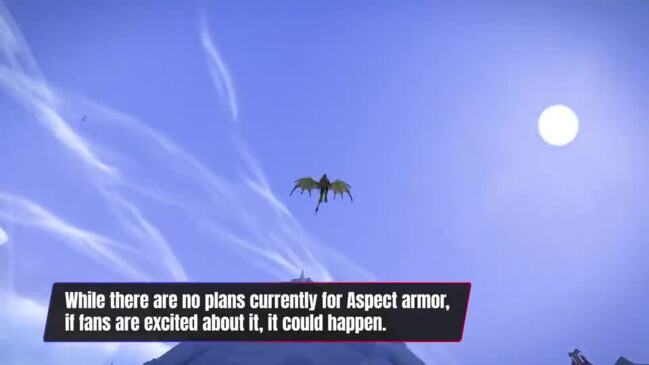
World of Warcraft: Dragonflight is just around the corner, and with a new expansion comes a lot of new things — new maps to explore, new bosses to fight, and in some cases, new classes to try out. But for those sticking around on older classes, they’re getting updated just like everything else. It’s not just classes either, as the UI is getting a fresh coat of paint and some nice accessibility features added as well.
To dig deep into what new stuff we can expect in Dragonflight, we sat down with Crash Reed, Lead UX Designer, and Brian Holinka, Lead Combat Systems Designer (and the guy people complain about PvP too!)
Note: the questions and answers have been edited slightly for clarity.

GLHF: With the addition of Evokers, do you feel combat is more or less mobile than it was in Shadowlands?
Holinka: With classes that are literally dragons now, it feels natural for them to be a lot more mobile than other classes. We saw a similar situation with Demon Hunters in Legion — they’ve got wings, they’re nimble, and so on. So with Evokers especially, we wanted to deliver the dragon fantasy, so we want players to swoop around and do Deep Breaths, so that ended up being the driving philosophy behind them. Also, we didn’t want to put a melee class that has huge wings into the melee pile. [laughs]
GLHF: When choosing what to work on first with the UI refresh, how did you select your priorities?
Reed: Over the years, World of Warcraft has gotten a lot more artistic fidelity — more beautiful environments, the more engaging art design in general — but the UI has more or less stayed the same. On the UX team we looked under the hood and wondered what targets we could bring up to that level. We sifted through our backlog of requests and community feedback reports, and we quickly realised that since everyone plays the game differently, we needed a newer, fresher UI that allowed for that.
There’s no instantly perfect UI we could make that would 100% be preferred by everyone, so we wanted to remove the hand of the designer, so to speak, and give more creative control to the players. We also wanted to increase accessibility choices for the players, with things like being able to scale UI elements up and down, and adding saturation options so that players can choose what they want to “pop” visually in combat. We think these options will really help those that are, say, colourblind, as an example.
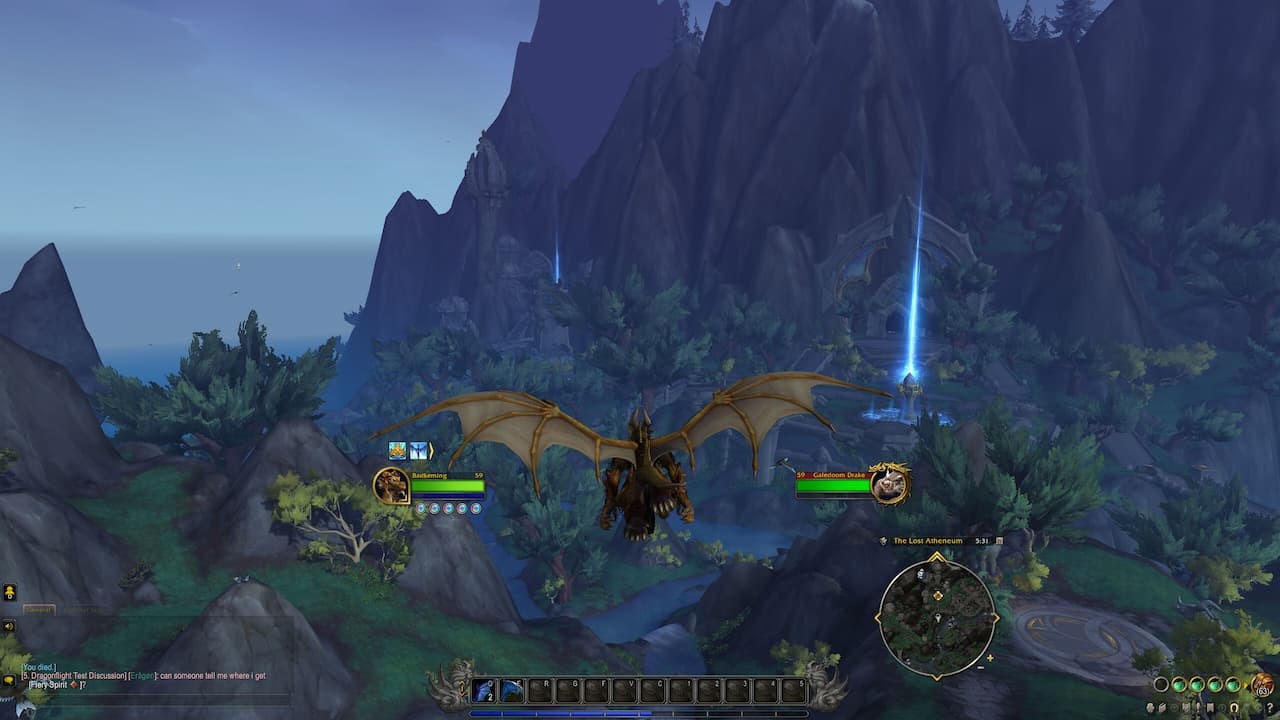
GLHF: In competitive PVP, a huge complaint I saw from players during Season 3 of Shadowlands was the dominance of RMP [Ed: Rogue, Mage, Priest, a three-man player-versus-player team composition.] I remember tuning into a day of the Arena World Championships and seeing back-to-back RMP versus RMP games, and a lot of players weren’t happy. Shadowlands Season 4 saw some adjustments made, but I believe RMP is still the most played composition. Moving forward to Dragonflight, how has team composition and balance been taken into account for PvP?
Holinka: RMP is, and has been, a very strong composition with a lot of synergies, simply by virtue of what Rogues and Mages have going on between them. I still hear calls from players for us to re-add Deep Freeze to Mages [Ed: Please no.]
What we’ve done, is we’ve looked at what team compositions should be countering RMP, and what are the ways we can enable those classes to do that more effectively. There’s often a focus from the player base for us to “nerf this, nerf that” [Ed: “nerf” means to weaken, much like how a nerf football to the face doesn’t hurt as much as a real football.] and while that is one way to fix a problem, it’s not always the best way. Instead, we want to examine the question of “Why are these supposed counters not actually countering?” Sometimes we do arrive at the conclusion that a nerf is required, but more often than not we’d rather build up the counters, and bring up the other classes to that level instead.
As always though, the meta changes in PvP often, and it’s very tricky for us to predict what top players will do. That’s why we’ve added Rated Solo Shuffle as an option for players that want to push for higher ratings by themselves since it’s less reliant on team composition and more reliant on how well you can play your individual classes. We will be examining how team comp strength pans out and in future content updates do a big pass to shake up the meta and balance things out as best as we can.
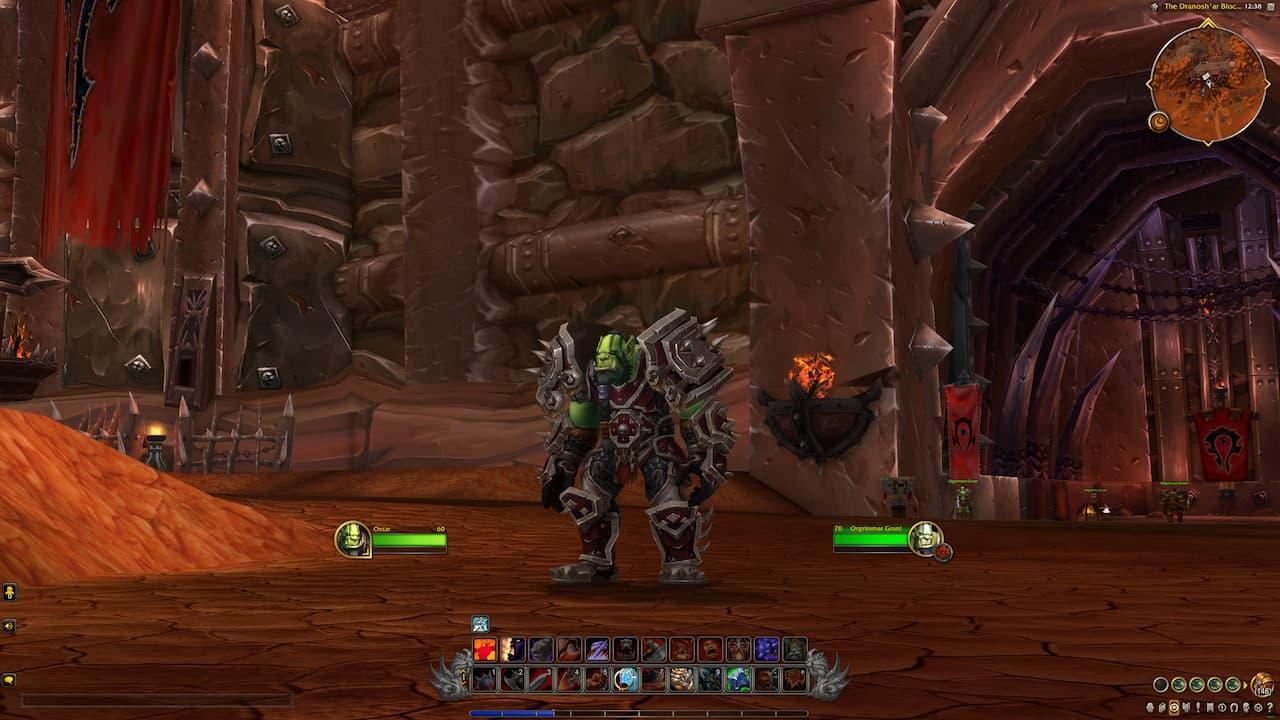
GLHF: Can you describe the process for UX design implementation and testing? What was the process like for all of these updates coming to Dragonflight?
Reed: Normally the impetus for getting a project started is to see what is being requested by the community, or what concerns the players have about something. We try to address those things first, so we’ll put on UI designers on a problem first, coming up with different ideas. We then take those ideas to the game user research team, and they’ll work with outside players to get feedback.
We bring in as many new perspectives and ideas as we can, but once we have some solid feedback, then we start working on implementation and art — and once that’s done, we’ll go back through the process again. It’s a continuous loop until we get it right, and even then we’ll still accept feedback and make adjustments as necessary. Even though we, as developers, have an idea of what something should be, it’s important to get it in the hands of the community and see how many different ways that something can be used.
GLHF: Could you describe some of the new accessibility features coming to Dragonflight?
Reed: The big one is the HUD update. You’ll be able to move a lot of things around, scale them, scale their padding, change their orientations, move your buff and debuffs around, etc. Lots of customisation there. Next, we’re adding something for press-and-hold casting, so if you’re someone that doesn’t like to spam-press a key to chain-fire spells, this will be a huge benefit for you. We’re adding a new interact key so that you don’t have to target a quest item with your mouse, you can just press the interact key to proceed with the quest as well. Those are just a few of the big ones, but there are plenty of other updates as well.
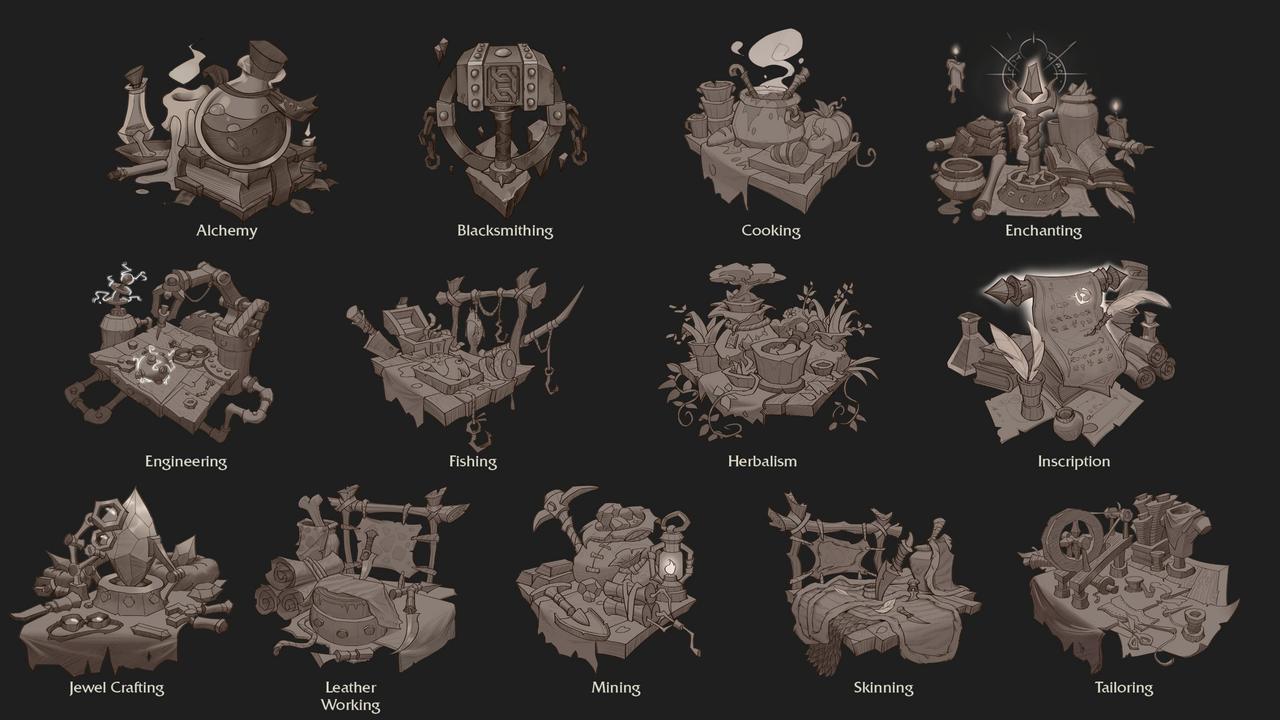
GLHF: With the Professions UI, aside from some minor changes, it hadn’t really changed much at all in the past decade. How did you decide on the current look and feel of the updated Professions UI?
Reed: Like with most of our new features, we embed a UX designer with whatever system team that is developing the thing we’re going to work on. They basically work with the system teams through the ideation phase, and for overhauls like this, there’s a lot of work that has to be done. For Professions specifically, we wanted to focus on what the fantasy of that profession is. What does a Tailor look like? What do they do? How do they work? Those questions really go behind the update idea for the Professions tab, adding in nice banners, tapestries and other things that speak to that specific profession.
GLHF: What project would you like to work on next after your current UX projects are completed, or projects that you couldn’t squeeze into Dragonflight?
Reed: Wow, yeah, you hit the nail on the head there. The UI project was a passion project for myself, personally, and it will be an ongoing project for the foreseeable future. We started with a smaller list prior to what we got now, and based on the feedback we got there simply wasn’t enough time to squeeze everything we wanted into Dragonflight. So, I think the next project I’d like to focus on is an update to the Achievements panel — Achievements have grown exponentially but the UI has not, so I’d love to personally tackle that next.
GLHF: Battle Pets too, please. [laughs]
Reed: Absolutely. But like with the Professions and Talents UI, those things will take some time to work on. Speaking of, with Talents, it was a similar idea. We wanted to really sell you on the idea of whatever specialisation you were playing, so if you play a Fire Mage, for example, we wanted your Talents UI to really push the idea of a fiery spellcaster. We also wanted to evoke the old Talent Trees from before, but still, keep them fresh and new. The biggest feature of the Talents update is the Loadouts options, so people who play multiple specs and multiple different ways will have a way to swap on the fly. I love being able to give my son, for example, a build and have him just swap to it immediately to try it out.

GLHF: What class got the largest amount of changes, in your opinion?
Holinka: We looked at the classes coming out of Shadowlands, and especially at the player feedback, to identify what needed some serious work. Shadow Priests, in particular, needed some pretty big changes, as well as both Elemental and Enhancement Shamans. But honestly, I think the Demon Hunter changes were the biggest — the merging of the two specialisations, in a way, was a pretty profound change. For example, giving Darkness to a Vengeance Demon Hunter, or giving Sigil Flame to Havoc.
We also want to make sure we don’t mess with a good thing, so some classes just got some quality-of-life stuff, or updates that don’t interfere with their core gameplay loop. Fire Mages will still feel like Fire Mages, just with some neat new tools to play with. The classes are the lends that players see the world through, and we want to make sure they’re comfortable in that experience.
GLHF: You can’t please everyone — I know if Pyroblast was changed I’d probably revolt. [laughs]
Holinka: We saw that with Legion a bit too, where we’d change a specialisation a lot, and some players would say something like “Well, I don’t like this, I’m gonna go play Retribution Paladin instead!” and the Retribution Paladins would say “Well, I don’t like this, I’m gonna go play Enhancement Shaman instead!” and both would end up enjoying their new class.
Change is jarring, it can be emotionally difficult for some players, and we do try to respect that, but we also want to encourage evolution for classes and not keep them exactly the same all the time.
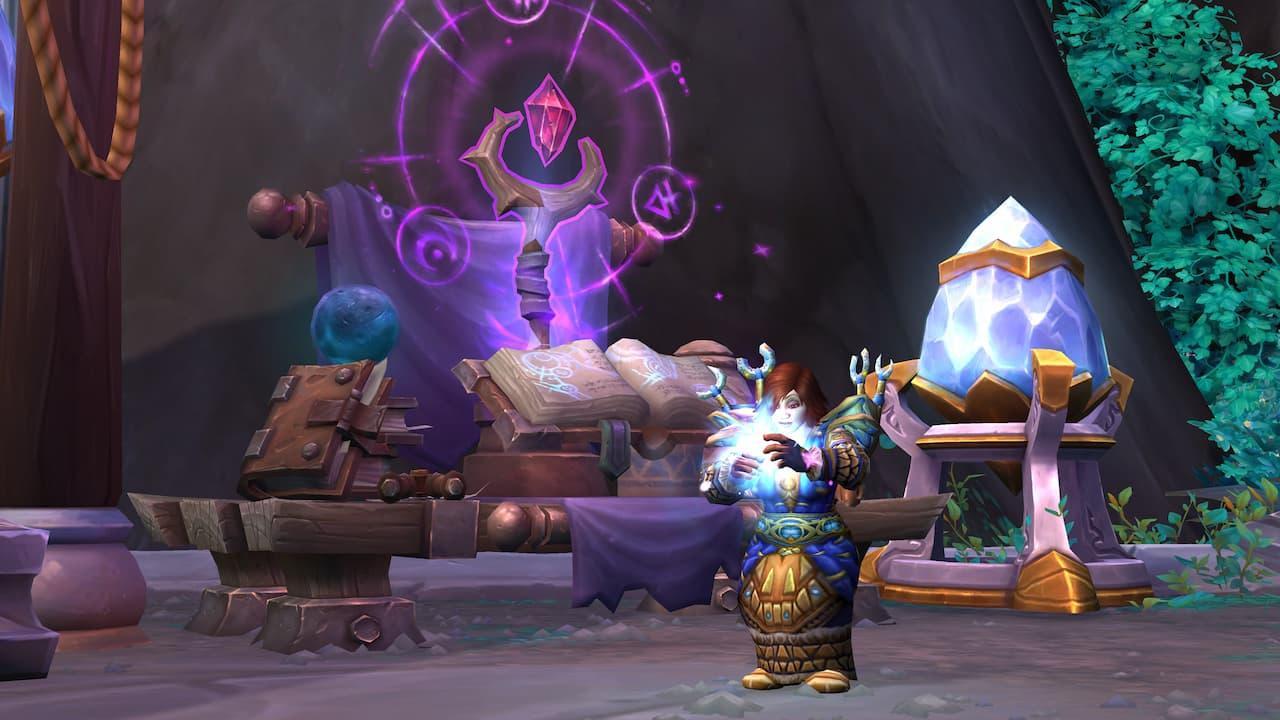
GLHF: I was around when you shifted from the old Talent Tree system to the newer “Pick one of three options” system. One of the reasons given specifically was that there were too many bland choices in the Talent Trees of old — stuff like 1% Critical Strike Chance as an option. Now, we’ve come full circle back to that style of choice, as revamped Talent system does feature those options again, but fewer of them. Do you think you’ve struck a balance between boring talents and exciting choices?
Holinka: Yeah, when we wanted to revisit Talents, we had a huge talk about it. “We made that change for a reason, remember?” We wanted to talk about what the problem actually was, and if we go back to the old way, was the problem misidentified or do we have a different solution for it now? The big emphasis in the changes was “meaningful choices”, and only meaningful choices. With the Dragonflight talents, we still emphasise those meaningful choices, but I think there’s value in saying that the meaningful choice being made is heading in the direction of a specific talent option, picking up the benefits of smaller choices along the way.
GLHF: Could you describe how your team conducts balance passes? I’m sure the PvE team hits the dummy a bunch of times and tests a bunch of fights, and PvP is probably a lot of duels. If someone beats you in PvP, do they get a day off?
Holinka: [laughs] Absolutely not. We have a lot of high-end players that actually work for our team — people who were Blizzcon champions in Arena and so on. They have a really good sense of what the player base wants and needs, and we do the best with what we can. Balancing classes is a tough gig, and we try to respect that everyone plays differently and design ways to allow them to do that.
More Coverage
Once again, a massive thanks to Crash Reed and Brian Holinka for sitting down with me, and Nathanael Peacock for arranging the interview.
Dragonflight opens for all players on November 28, 2022 — pre-orders are available now via your Battle.net client.
Written by Junior Miyai on behalf of GLHF.





